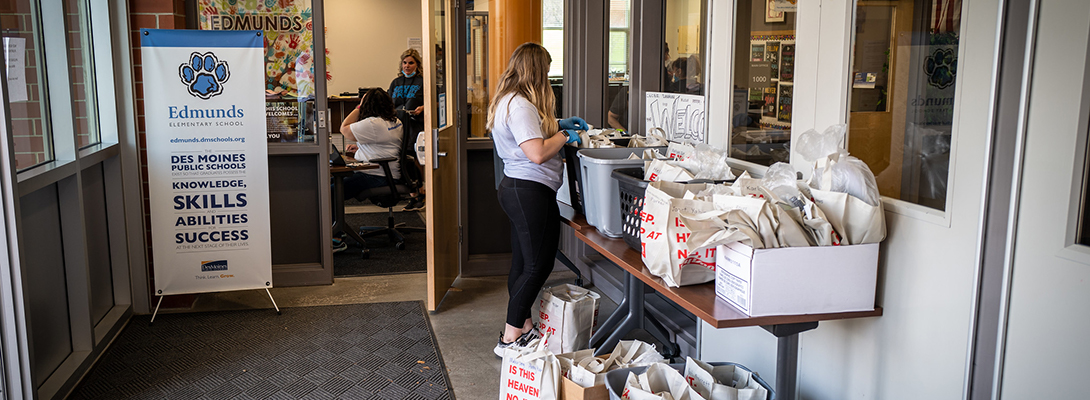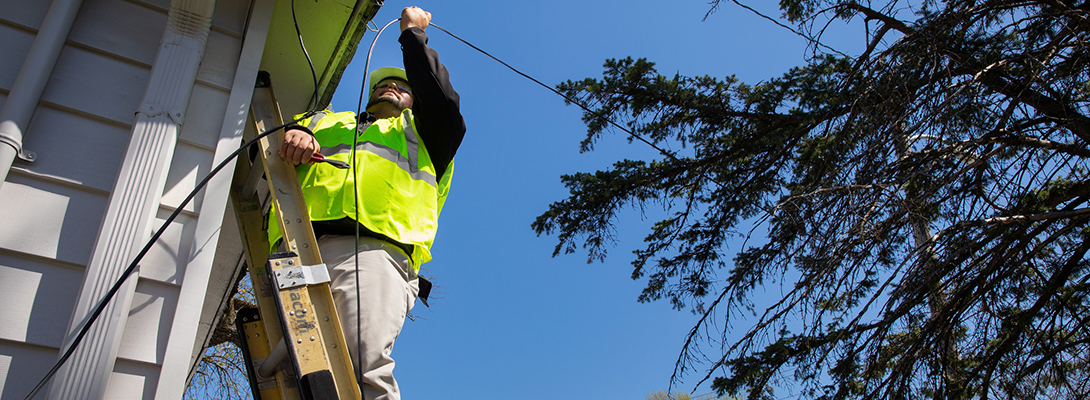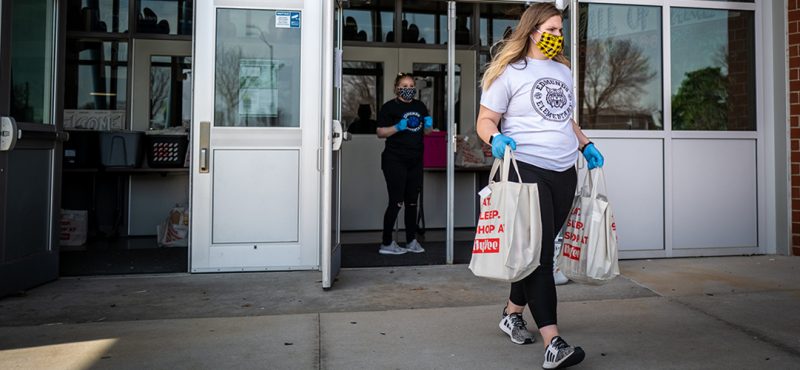As the capital of Iowa, the city of Des Moines has the largest school district in the state: every day, some 33,000 students pass through its doors. It is also a district that serves a large underprivileged population, with three out of four students qualifying for the free or reduced-price lunch program.
When the COVID crisis hit in March and it became clear that in-person classes could not be resumed for the rest of the school year, the district was faced with a serious dilemma. How could it transfer over 6,000 courses online when so many of its households lacked the technology infrastructure to access them?
Two Big Challenges
“We were facing two big challenges,” says Phil Roeder, communications and public affairs director for the Des Moines Public Schools (DMPS). “One, make sure everyone had a device and two, make sure everyone had an internet connection.”
“For a lot of our families, the only connected device they have is a phone, which is not conducive for online learning,” Roeder points out. “And if mom and dad were working from home and there was only one computer in the house, it would be hard for your son or daughter to be able to do their work.”
Following an initial technology survey to determine need, Roeder’s team distributed some 21,000 laptops in just two weeks, employing a drive-through operation based on family last name.

Connecting Families to Broadband
Next came challenge number two: getting those devices connected. As a temporary solution, the district acquired a number of mobile hotspots for students to work from. At the same time, together with the Greater Des Moines Partnership, the district was working on a more comprehensive approach with broadband provider Mediacom. The solution: build on the special introductory offer the company was already offering to help keep people connected during COVID. The district would pay the introductory rate on behalf of its families while Mediacom, in turn, would cover the labor and installation costs and waive modem leasing fees.
In order to offset the estimated $1 million cost of the laptops, hotspots, and broadband service, the district set up a fundraising drive through the Community Foundation of Greater Des Moines. The contribution of Mediacom is projected to be some $400,000. “It’s been a partnership on a lot of different levels,” Roeder says. “Not just between the DMPS and Mediacom, but also between families and the school district and teachers.”

Providing More Than Education
“If anything good comes out of this pandemic, it’s the realization that schools are a lot more than teaching math and reading,” Roeder points out. “There’s a technology issue to make sure that kids have an internet connection and have the tools they need to do things online. There’s a food and nutrition issue, with providing meals to students. There are a whole range of other supports relating to behavior issues and health. A realization that our school buildings are about a lot more than what happens inside the classroom.”
And this, finally, is why alliances like the one between the DMPS and Mediacom are so important. “The connection that we made with Mediacom is about more than education,” Roeder concludes. “An internet connection gives families access to social services, and provides access to job listings if their parents lose work. Broadband helps close the gap.”
Broadband is a vital service for today’s families, and Beyond is working to get more Americans connected. To get involved in the effort to make high-speed broadband available for all of America, including our underserved rural communities, sign our petition here.
